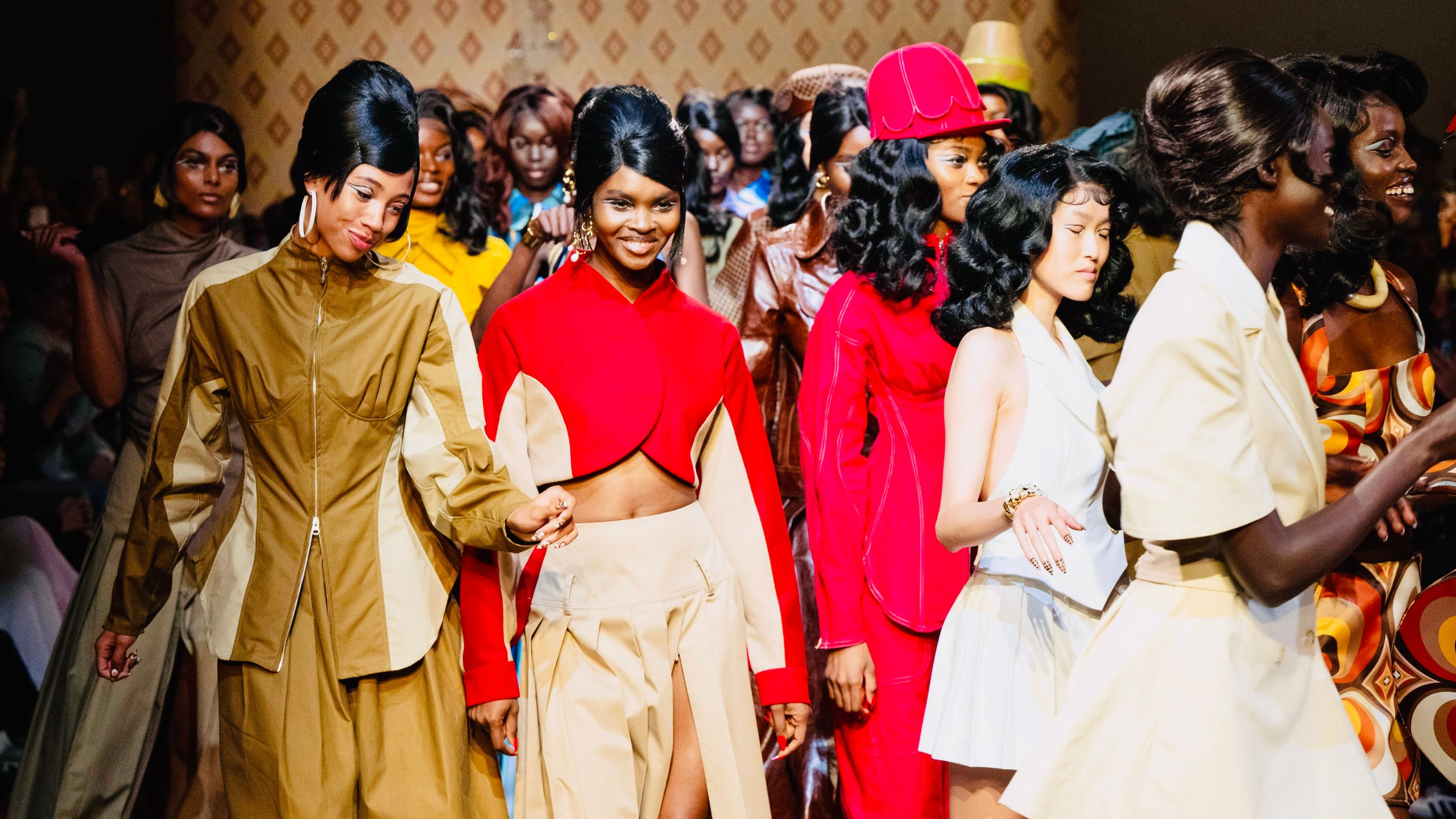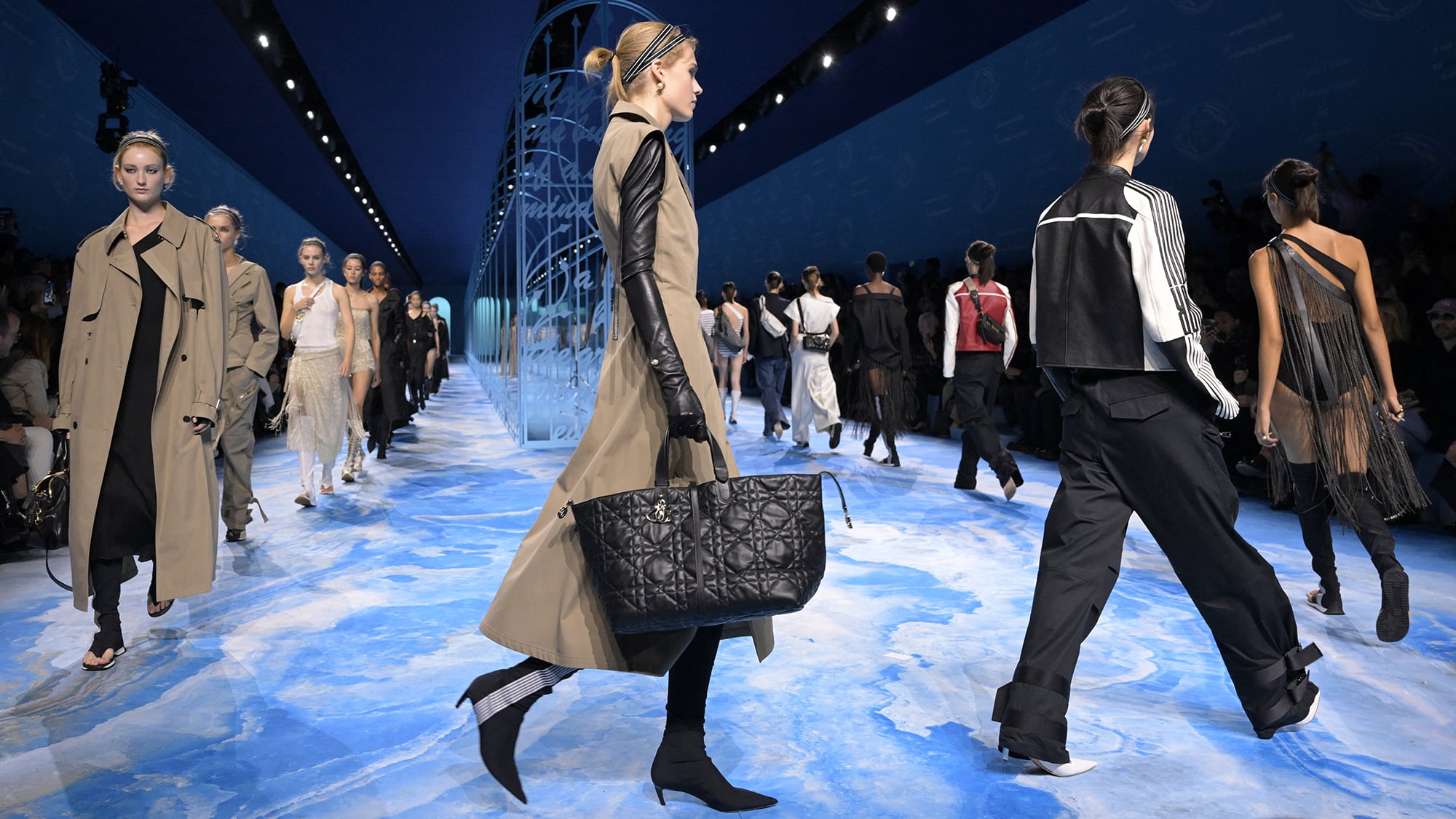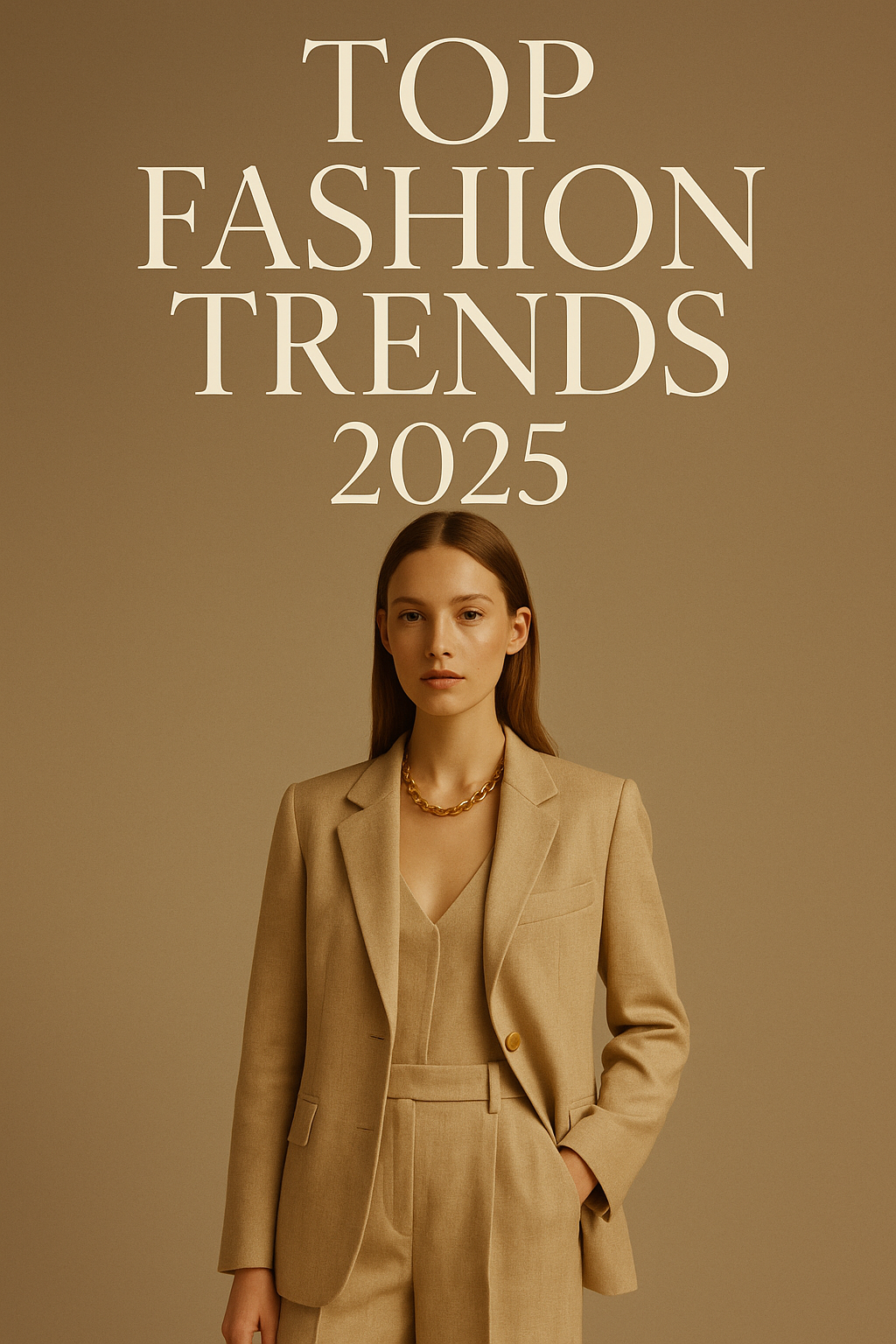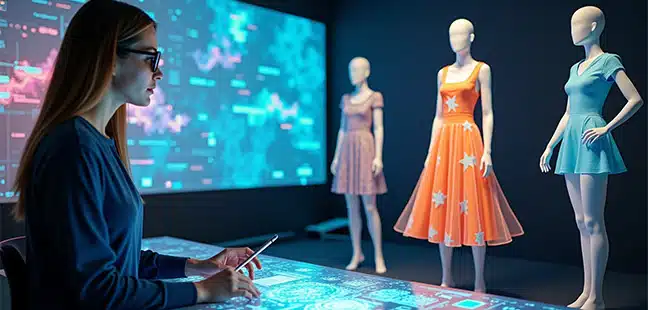
Tech Meets Tailoring: How AI Shapes Fashion Design in 2025
As the fashion world steps into 2025, one thing is clear — artificial intelligence (AI) has become the industry’s most exciting new partner. From smart design tools to predictive fabrics, AI is changing the way fashion is created and experienced. The blend of tech and tailoring marks a new era where creativity grows through technology, not competition.
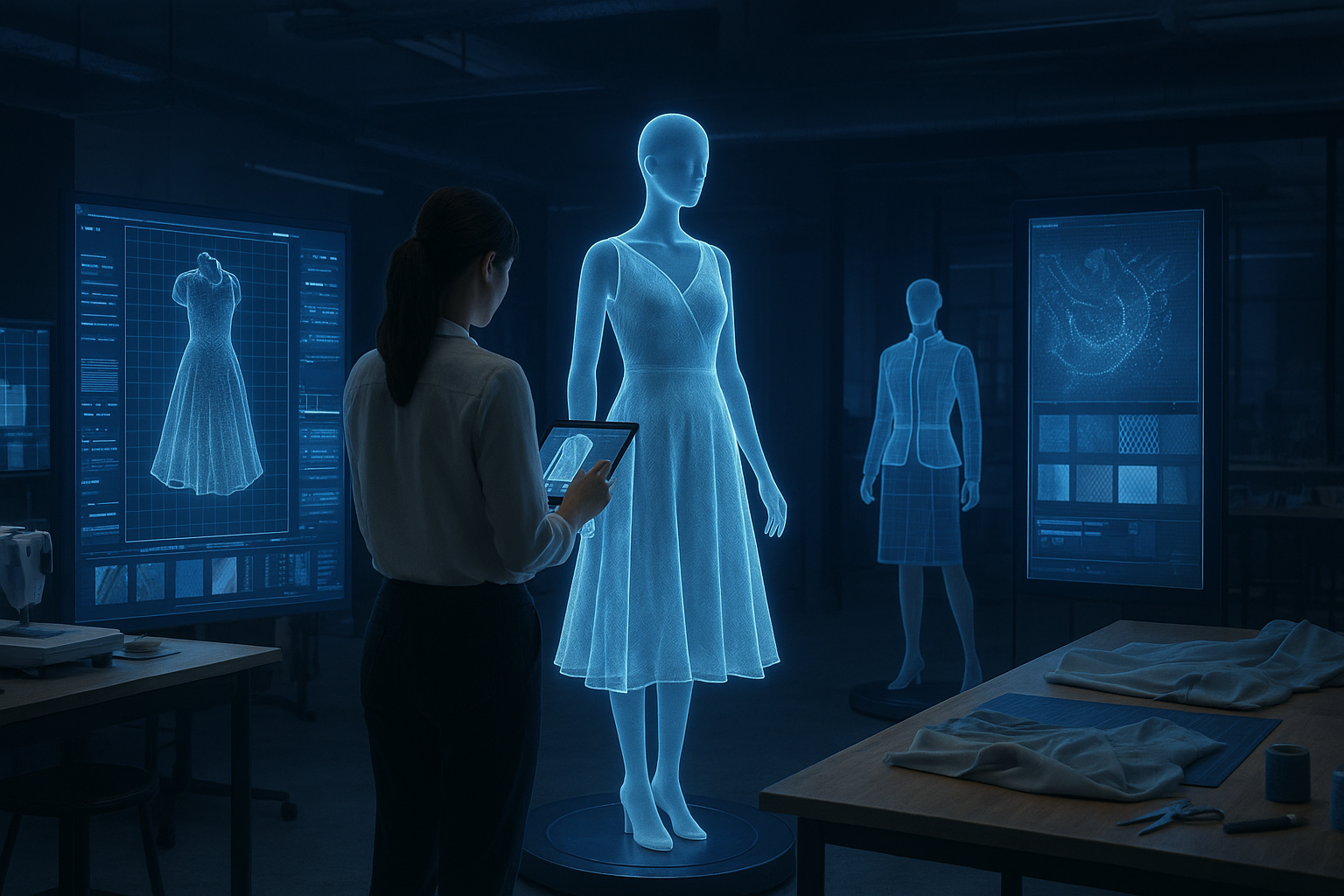
Fabric Innovation: The Rise of Smart and Predictive Materials
AI is now at the heart of material research. What once took months of testing can now be simulated in hours. Designers use AI to predict how fabrics behave under light, temperature, and motion. This makes design faster and reduces waste at the same time.
According to Vogue Business, luxury brands in Paris and Berlin are already using machine learning to test fabric durability and comfort. This approach gives them a clear view of how their materials perform before production even starts. As a result, they can create smarter and more sustainable collections.
Examples of AI-Driven Materials
In Milan, tech-driven textile printers adapt to body movement. Imagine silk that flows differently as you walk, or denim that strengthens where it stretches most. These innovations are moving from concept to reality, showing how AI can merge comfort with performance.

Virtual Couture: Fashion for the Digital Era
The idea of couture is changing fast. In 2025, AI fashion design powers both physical and digital garments. Designers use AI models trained on classic collections to create virtual pieces for avatars, influencers, and metaverse users.
Wired recently highlighted digital fashion houses that use AI to create custom looks for online worlds. Designers type simple prompts like “metallic lace inspired by coral reefs,” and AI generates 3D designs within seconds. This fusion of creativity and technology opens up new revenue streams and creative freedom.
Physical and Digital Fashion Together
Luxury brands in London and Los Angeles now release twin collections — one physical, one digital. NFTs and smart contracts verify authenticity, giving buyers ownership in both worlds. The connection between blockchain and AI is creating fashion that is collectible, traceable, and interactive.
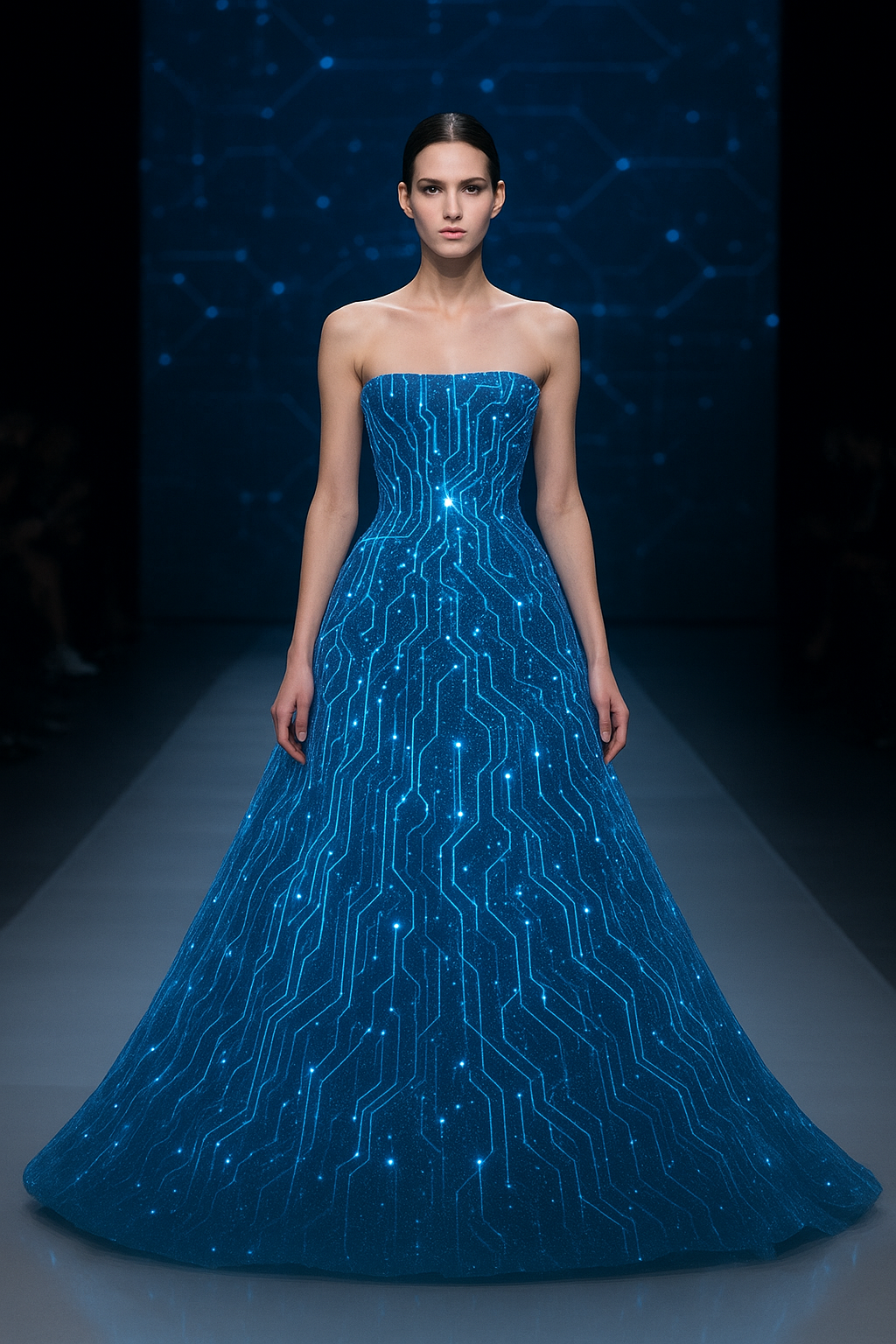
AI as a Creative Partner
Many once feared AI would replace human creativity. However, by 2025, designers see AI as a creative partner, not a threat. The technology supports their vision by providing insights, patterns, and trend forecasts that inspire new directions.
For instance, AI can review thousands of past runway shows to find new color combinations or revive forgotten techniques. Yet, it’s still the human designer who chooses what feels emotionally right. This balance between data and feeling defines modern fashion creation.
AI for Independent Designers
Independent designers in Los Angeles use open-source AI tools to experiment freely. They can create prototypes from home with minimal cost. As a result, fashion design becomes more inclusive, allowing anyone with imagination to compete on a global scale.

Future Predictions: What’s Next for AI Fashion Design
The future of AI fashion design is about more than technology. It’s about building a sustainable and inclusive industry. Predictive analytics will guide brands to produce based on real demand, reducing overstock and waste.
In addition, we’ll soon see personal AI stylists that design clothes tailored to each person’s taste, size, and mood. These tools will make every item unique and meaningful.
Vogue Business reports that major fashion groups are investing in emotional AI. This system studies facial expressions and recommends styles that enhance confidence. The result is clothing that connects deeper with how people feel, not just how they look.
Toward a Zero-Waste Atelier
AI will also push sustainability forward. It can plan fabric cuts to use every inch of material and automate recycling. As Wired notes, AI in fashion is not just about innovation — it’s about responsibility.

Conclusion: When Creativity Meets Code
The link between AI and fashion is transforming how creativity works. Designers are not losing their craft — they’re gaining smarter tools. From Paris to Los Angeles, AI-driven ideas are helping shape the next wave of sustainable and expressive design.
In the end, the most inspiring fashion of 2025 comes from the balance between human intuition and machine intelligence. Together, they remind us that when art and technology meet, fashion’s future becomes limitless.
References:
– Wired – AI and Future of Fashion Features
– Vogue Business – Sustainability and AI Innovation Reports

